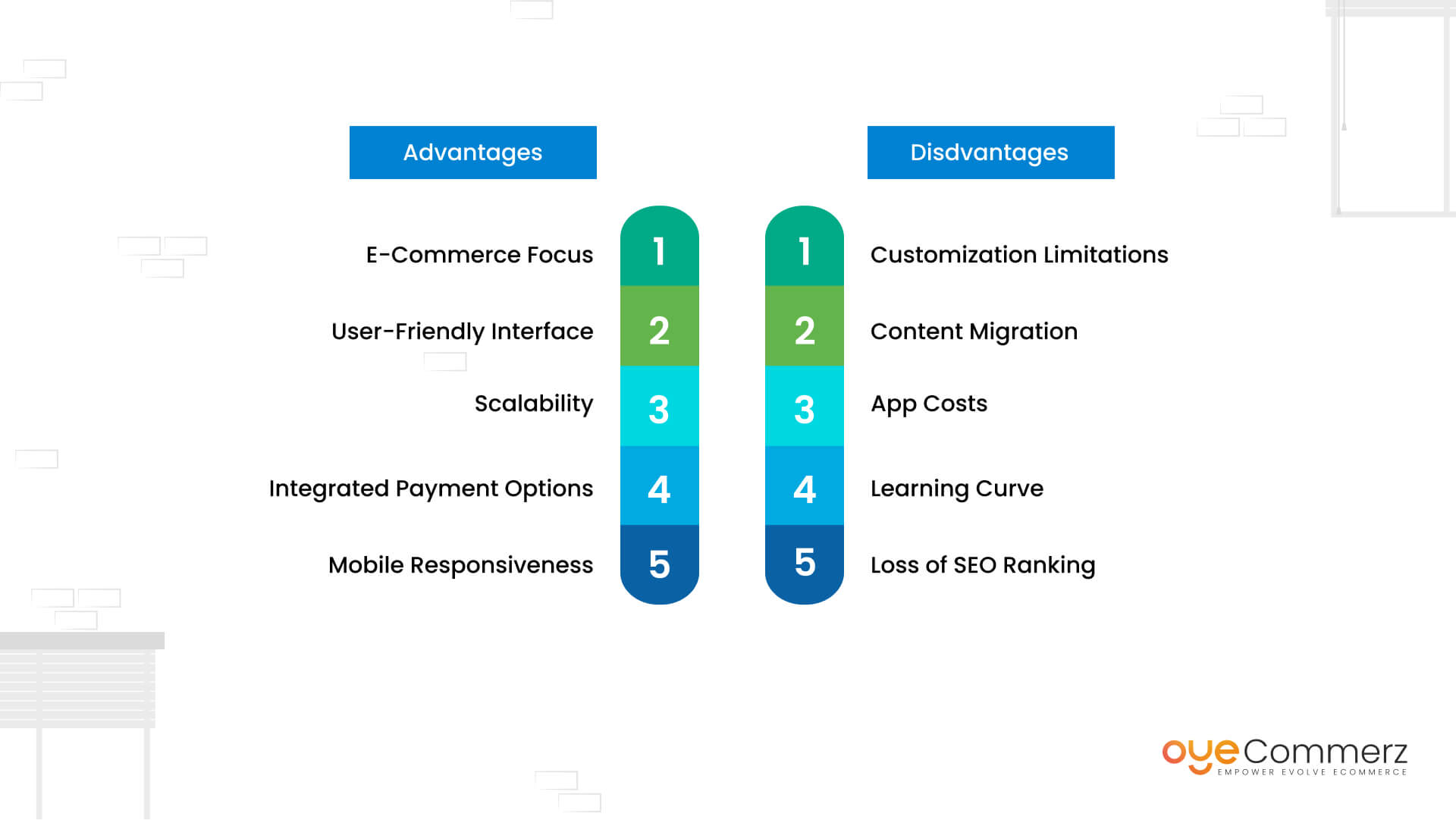Shifting from WordPress to Shopify is an promising step toward optimizing your e-commerce operations. As businesses grow, choosing a platform that supports growth potential, UX, and customization becomes crucial. Shopify is widely recognized as a preferred choice for online merchants, providing unmatched flexibility, security, and user-friendliness. In this guide, we will delve into why this migration is a game-changer, highlight the advantages, and provide actionable steps to facilitate a seamless move.
1. Why Switch from WordPress to Shopify?
The combination of WordPress and WooCommerce, has served countless e-commerce platforms. However, as businesses expand, challenges like plugin dependency, security vulnerabilities, and complex setups can hinder progress. Shopify, specifically created for e-commerce, eliminates these concerns with an all-in-one, user-friendly platform. Real data supports this shift—Shopify hosts over 4.4 million websites worldwide, with a reported 10% increase in sales performance for many businesses after migration.
2. Shopify's Advantages for Thriving Online Stores
Shopify’s robust ecosystem is tailored for scaling businesses. Its notable benefits are:
- Seamless Customization: Shopify offers over 80 expertly crafted themes.
- Integrated Tools: Capabilities such as Shopify Payments and integrated SEO save time and effort.
- International Expansion: Multi-currency support and localization features enable brands to expand internationally.
Additionally, Shopify delivers an availability percentage of 99.98%, ensuring your store remains accessible.
3. Getting Ready for Your WordPress-to-Shopify Transition
Prior to starting the migration process, evaluate your current store. Review inventory details, customer details, and SEO performance. Resources such as Shopify’s Migration Kit or external tools can simplify this process. Create a comprehensive plan, making sure all resources—item details, images, and articles—are ready for seamless import.
4. Data Migration: A Critical Step
Transferring your data forms the foundation for a successful platform switch. When migrating from WordPress to Shopify, prioritize:
- Inventory Details: SKU, item summaries, and groupings.
- Customer Data: Emails, order history, and preferences.
- SEO Optimization: Preserve meta tags, URLs, and redirects to avoid SEO losses.
Use tools such as LitExtension to facilitate seamless migration while minimizing errors.
5. Customizing Your Shopify Store
Post-migration, customizing your Shopify store ensures it aligns with your brand. Take advantage of Shopify’s intuitive page builder to create layouts with ease. Shopify's templates are optimized for all devices, providing a seamless UX across platforms—a key point, since 74% of online shopping is generated by mobile visitors.
6. Maintaining SEO During Migration
Search engine optimization is crucial for maintaining your visibility during migration. Shopify is highly optimized for search engines with organized link formatting, built-in optimization tools, and seamless blog integration. Ensure:
- Implement 301 redirects for old URLs.
- Optimize new pages with keyword-rich content.
- Use Shopify's apps Plug in SEO to track analytics after the switch.
7. Essential Tests After Migrating to Shopify
Once the migration is complete, conduct thorough testing.
Review: - Website speed (Shopify delivers faster speeds in contrast with WordPress).
- Functionality of payment gateways and checkout processes.
- Mobile responsiveness.
Testing guarantees your store delivers Shopify migration case study a smooth shopping experience from day one.
8. Real-Life Success Story
An example of effective platform switching is Gymshark, a sportswear company that moved to Shopify. Post-migration, the company experienced a 60% increase in mobile sales and significantly lowered site downtime. This highlights the potential of Shopify in driving online business success.
9. Overcoming Common Migration Issues
Migration is not without obstacles, such as data integrity and reconfiguring custom functionalities. However, Shopify’s robust support and external professionals simplify the process. Partnering with experienced Shopify developers helps guarantee a smooth transition.
10. Making the Switch: The First Step Toward Success
Migrating from WP to Shopify represents a forward-thinking decision to online retail. By addressing scalability, simplifying management, and improving buyer satisfaction, Shopify enables companies to thrive in challenging industries.
Conclusion
Switching from WP to Shopify offers a smart solution that can significantly boost your online business performance. With a well-structured strategy, the right tools, and professional Migrating online stores to Shopify guidance, you can unlock new growth opportunities.
Excited to start the journey? Let’s discuss how our Shopify migration services can transform your e-commerce platform. Get in touch today, or consider: Is it time to seize Shopify’s advantages for your store?
